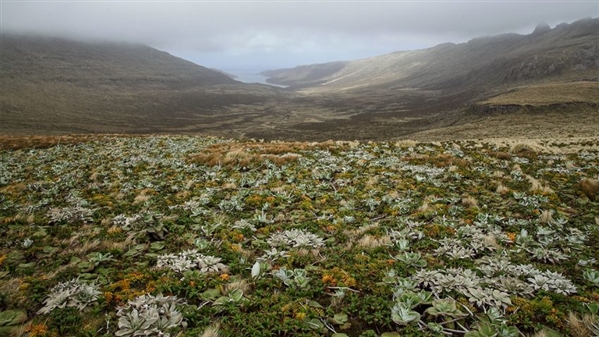(单词翻译:单击)
听力文本
This is Scientific American — 60-Second Science. I'm Steve Mirsky.
Got a minute?
Only about 23 percent of the world's land area is still what you'd call wilderness—where indigenous people, wildlife, plants and microbes get a chance to live with little or no disturbance from large human populations. But even that current figure of 23 percent is down by a tenth in just the last couple of decades. Which translates into an area the size of Alaska being converted away from wilderness since the 1990s. That's according to a study in the journal Current Biology that was also announced at the just completed Honolulu meeting of the International Union for Conservation of Nature.
The research found that the regions that suffered the biggest wilderness losses were South America and Central Africa. South America lost almost a third of its wilderness while Africa's is down about 14 percent.
James Watson is the lead author of the study. He's with the Wildlife Conservation Society and the University of Queensland—he's no relation to the more famous DNA double helix James Watson.

In the journal article he and his colleagues write: "The continued loss of wilderness areas is a globally significant problem with largely irreversible outcomes for both humans and nature: if these trends continue, there could be no globally significant wilderness areas left in less than a century. Proactively protecting the world's last wilderness areas is a cost-effective conservation investment and our best prospect for ensuring that intact ecosystems and large-scale ecological and evolutionary processes persist for the benefit of future generations." And future generations includes both the organisms in the remaining wilderness—and us.
Thanks for listening for Scientific American — 60-Second Science Science. I'm Steve Mirsky.
参考译文
这里是科学美国人——60秒科学。我是史蒂夫·米尔斯基。
有一分钟时间吗?
世界上只有23%的土地仍可被称为荒野,在那里,土著、野生动物、植物和微生物有机会生活在一个很少或没有人干扰的地方。但即使是目前这23%的占比在过去二十年里也减少了十分之一。上世纪90年代以来,相当于阿拉斯加大小的荒野面积损失。这是一篇发表在《当代生物学》期刊上的研究报告得出的结论,该研究成果在刚刚结束的国际自然保护联盟火奴鲁鲁会议上宣布。
研究发现,荒野损失最严重的地区是南美洲和中非。南美洲损失了近30%的荒野,而非洲则减少了14%的荒野。
詹姆斯·沃森是这项研究的主要作者。他在野生动物保护协会和昆士兰大学工作,大家可能知道DNA双螺旋的发现者詹姆斯·沃森,不过我们这里提到的并不是同一个人。
他和他的同事在期刊文献中写道:“荒野地区的持续损失是全球性的重要问题,对人类和自然造成的影响在很大程度上是不可逆转的:如果这种趋势继续下去,不出一个世纪的时间,具有全球性重要意义的荒野地区可能将不复存在。积极保护世界上最后的荒野地区是具有成本效益的重大投资,也是我们确保完整生态系统的最好前景,同时让大规模的生态进化过程为后代造福。”这里的后代既包括现存荒野中的生物,也包括我们人类。
谢谢大家收听科学美国人——60秒科学。我是史蒂夫·米尔斯基。
译文为可可英语翻译,未经授权请勿转载!


